Jiping: Why should frontier archeology stand in a high degree of thinking in Chinese civilization?丨 丨 东西 东西
Author:China News Weekly Time:2022.06.24

Standing on the high degree of thinking on the border archeology of Chinese civilization
Can enhance national unity
Maintain the stability of the frontier and cultural self -confidence
not
China News Agency reporter: Li Aiping
Number of full text: 2536
Estimated reading time: 9 minutes
not

The cultural relics site in the frontier area is an important carrier of Chinese civilization and a physical example of the awareness of the Chinese nation's community. It records the social system and production of various nations, which are unable to renewable and irreplaceable.
So, archeological excavations and explanation of the rich historical heritage of the frontier area are of the meaning of telling Chinese stories, especially the historical story of the integration and development of various ethnic groups in the frontiers?
By extension, why should frontier archeology stand in a high degree of thinking in Chinese civilization? The China News Agency's "East and West Questions" recently interviewed Ji Ping, a member of the 13th National Committee of the CPPCC and director of the Inner Mongolia Cultural Relics Protection Center.
In Jiping's view, standing in the high thinking of the frontier archeology in Chinese civilization can enhance national unity, maintain the stability of the frontier and cultural self -confidence, has great practical significance.
Abstracts are currently recorded as follows:
China News Agency reporter: When talking about the relationship between frontier archeology and Chinese civilization, how to understand the Chinese civilization in the sense of archeology?
Ji Ping: In Chinese, the word "civilization" first appeared in "Zhou Yi": "Seeing the dragon in the field, the civilization of the world". American ethnicist Louis Henry Mormen divided human society into the obscure era, barbaric era, and civilization. This idea was accepted and developed by historians.
According to public materials, according to the definition of archeology, the era of obscurity is the old stone era, the barbaric era is the Neolithic era, and it is the civilization era that is separated from the Stone Age.
How does archeology define whether an ancient human site has entered the stage of civilization?
Related information shows that in 1958, at a seminar held at the Oriental Research Institute of the University of Chicago, a scholar named Clarkhon proposed three archeological standards: cities, bronze, and text. accepted. Among these three signs, cities are the most important, and human beings have emerged in cities, which means that the country has begun.
From an archeological point of view, China began to appear in the prehistoric city more than 4,000 years ago, which at least shows that during this period, China's countries have begun to sprout. According to information, the time for the birth of Chinese civilization is comparable to the time of Indian civilization and Crete civilization.
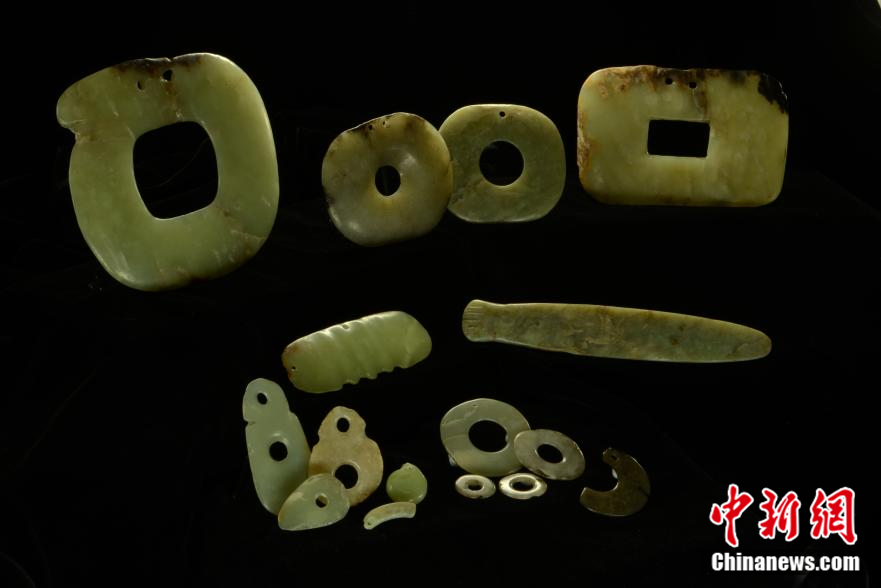
Cultural relics unearthed from the Hammin site. Interviewee confidence
Reporter of China News Agency: At the archeological level, can you talk about the meaning of Chinese civilization with the meaning of Chinese civilization combined with the meaning of Harmin archeological sites?
Jiping: The Haman site can be said to have opened the memory of the 5,000 -year -old civilization. The site located in the town of Qilin, Left Wing, Tongliao City, Inner Mongolia. It is a large prehistoric settlement site in the middle and late stages of the Neolithic era. It is about 5500 to 5,000 today.
The biggest significance of the Harmin archeological site in the frontier archeology is that it is the first prehistoric settlement found in the north latitude of 43 degrees north latitude in Chinese archeology, which is rare in the world. Its scale, intact preservation, shock of relics, and abundance of cultural relics are extremely rare throughout the Northeast region and the whole country.
In addition, more than a dozen storage of more complete houses found in the site, which reproduces the construction framework of the Half -type cave house in the Neolithic Times, which is the first time in the prehistoric settlement sites in China and the world.
The excavation of the Hamin Site not only discovered a new archeological culture- "Hamin Culture", which made Kerqin's regional history evidence a full thousand years in advance, and changed the prehistoric Coleqin area. The view of the barren land fully proves that the Corqin area is one of the birthplaces of ancient Chinese civilization.
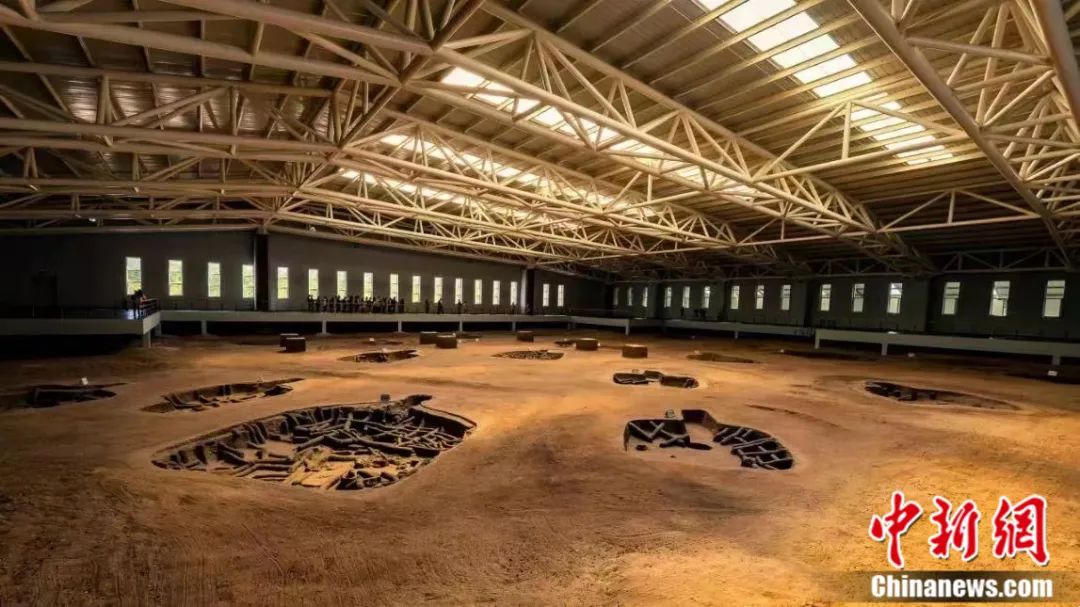
Harmin site. Photo Conferry Conferry at the History Site Service Center of the History Site of History in Inner Mongolia
China News Agency reporter: How to do a good job of promoting the protection of Chinese civilization and cultural relics for border archeology?
Ji Ping: In order to strengthen the protection and utilization of the archeological sites of Harbin people, the Inner Mongolia Cultural Relics Protection Department has built a cultural relic work policy of "protection, rescue first, reasonable use, and enhanced management" , Cultural Tourism and Ecological Protection of the Harbin Archaeological Site Park.
The greater significance of this move is to let the outside world know a gorgeous and gorgeous civilized memory, and national culture has built a platform to communicate with the world here.
Specifically, at the national level, I think that in the near future border regions, we should cooperate with major projects such as "the origin and early development of Chinese civilization and early development" and "archaeological China" to formulate and implement important archeological planning and implementation measures for the frontier regions, focusing on prehistoric civilization, Chinese cultural genes and Chinese cultural genes and Chinese cultural genes A series of issues such as the intersection and exchanges between the frontiers and the surrounding cultural exchanges have carried out archeological excavation and interpretation work, laying a good foundation for the multi -in -one pattern of the Chinese nation, and building a sense of community of the Chinese nation.
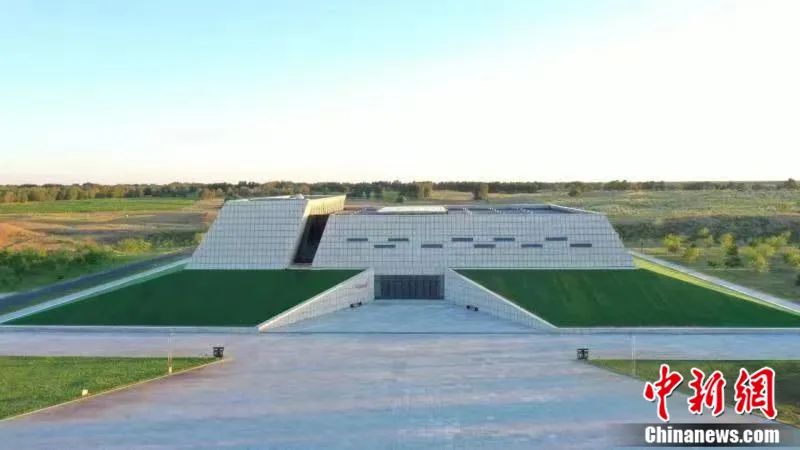
Hamin Site Park. Photo Conferry Conferry at the History Site Service Center of the History Site of History in Inner Mongolia
Reporter of China News Agency: How to discover and explain in frontier archeology to reflect the importance of Chinese civilization?
Jiping: China's region is vast, and the border areas account for more than half of the land area, mainly plateau, mountains, grass fields, and Gobi Deserts. The origin, formation and early development of civilization in various regions are unbalanced, especially in the frontier areas. This development process and reasons need to be deepened and understood in order to fully understand how our nation, country and civilization have come to this day. Therefore, I suggest that during the "Fourteenth Five -Year Plan" period, the regional, staged stages, and purpose of launching the border archeological excavation and interpretation, the important role of the frontier region in the origin and development of Chinese civilization, the history of the interaction and exchanges of all ethnic groups To form a deeper understanding, enhance the community concepts of "rest, honor and disgrace, joint and death, life and death, life and death, and fate."
In fact, do a good job of archeological excavation and interpretation of the frontier areas, and have profound significance for deep understanding of the history of mutual learning and mutual learning and mutual learning, strengthen the spiritual identity and cultural logo of the Chinese civilization, promote national unity, and consolidate the awareness of the Chinese nation community.
China News Agency reporter: Can you explain the topic of high thinking about the high thinking of Chinese civilization?
Ji Ping: For example, the Xinjiang Archeological Team of the Institute of Archeology of the Chinese Academy of Social Sciences has undergone archeological excavations and confirms the construction of the old city of the North Ting's hometown as the construction of the Tang Dynasty, showing the historical status of the Tang Dynasty Beiting Metropolitan Mansion.
Inner Mongolia's excavation of Yuan Shangdu sites, the only world cultural heritage in the autonomous region, is the product of the integration of farming civilization and nomadic culture. It reproduces the social form of the prosperity of the Yuan Dynasty, the fusion ethnic relationship, and the open and inclusive prosperity culture. And planning reflects the absorption and continuation of Han culture.
Visitors visit the site of the Yuan Dynasty. Photo by Liu Wenhua, a reporter from China News Agency
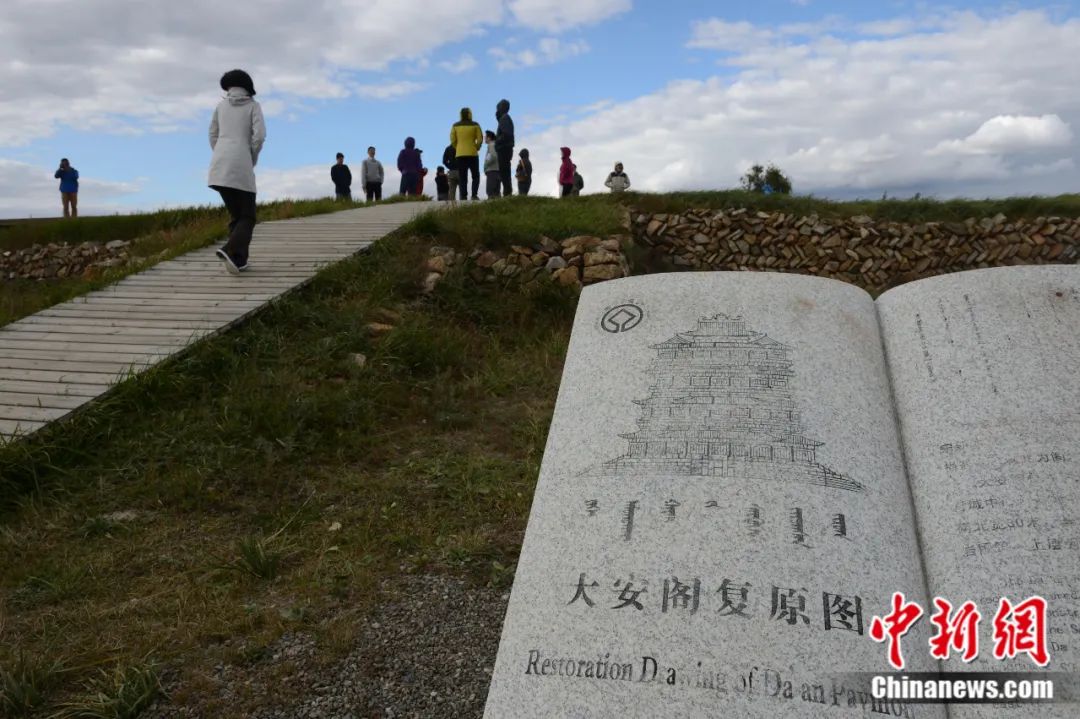
Reporter of China News Agency: How should frontier archeology do well?
Ji Ping: From the national level, we should now strengthen the transformation and dissemination of archeological results, establish the site museum or site park, activate cultural relics sites, and meet the people's desire for historical knowledge. Signed a liability letter with the archeological leader to complete the archeological report within the prescribed period, and presented the unearthed cultural relics and research results early, education and leading the general public, especially young people, to understand the great contribution of Chinese civilization to human civilization, and enhance the cohesion and cohesion of the Chinese nation and the cohesion and cohesion and the Chinese nation. Pride.
Introduction to the interviewee:
Jiping, Mongolian, was born in Hohhot in 1962. He is a member of the 13th National Committee of the CPPCC. He is currently the director of the Cultural Relics Protection Center of the Inner Mongolia Autonomous Region and graduated from the Department of History of Jilin University. From 1996 to the present, the influential site of the "New Stone Age" of the "Chahekou" is excavated; the "Nanbao Lizhu Cemetery" and the "Harbin History Settlement Site" they have hosted are doubled. The six major archaeological discoveries "; in 2011, the" Harmin History History Settlement Site "won the" Top Ten National Archaeological Discovery "sponsored by the National Cultural Relics Bureau of the year; in 2012, it undertook the project of the China Civilization Source Engineering Project (2013bak08B05)-" Research on prehistoric settlements and living industries in the Northeast region ". Since 2013, the sub -project of the National Social Science Fund's major project "Haman -Korqin Sands New Stone Times Site" (12 ﹠ ZD191) sub -projects (12 ﹠ ZD191) have published more than 20 reports and papers. He has published the book "Hamin Jade Inspection". In 2015, he was hired by the "History and Culture History and Culture History and Cultural Hall of the Chinese Pavilion of the Milan Expo", and since 2016, he has served as the director of the Inner Mongolia Cultural Relics Protection Center.
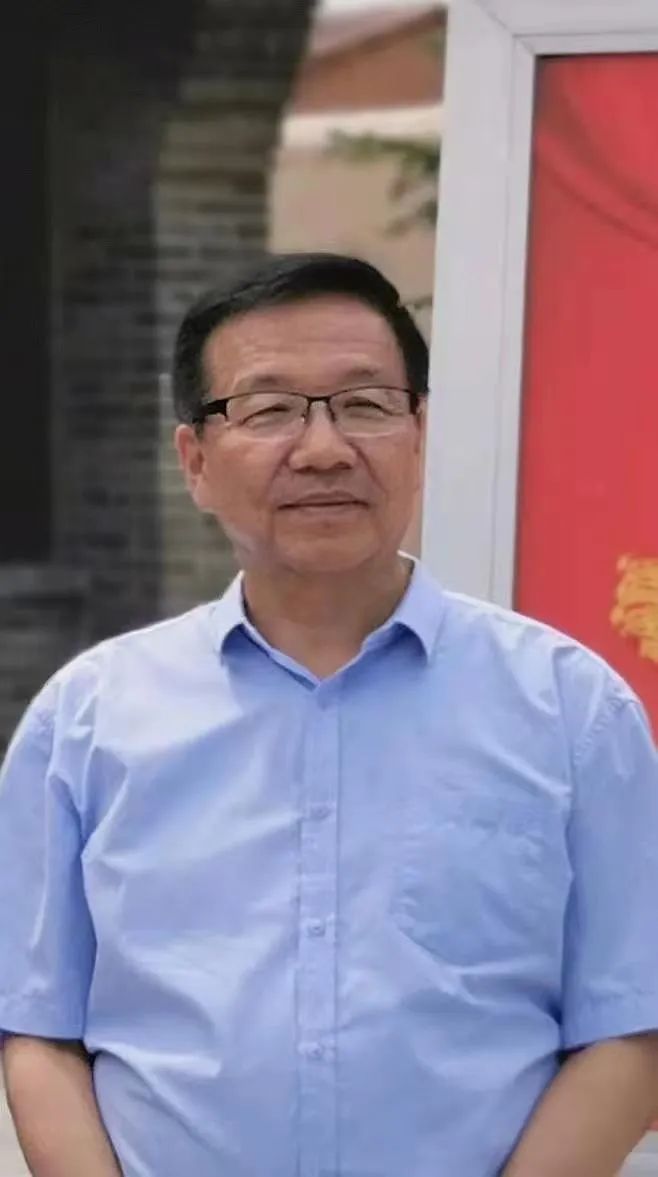
Text Editor: Wang Singing
Picture Edit: Xiong Ran
- END -
Battle of Yiling [3]
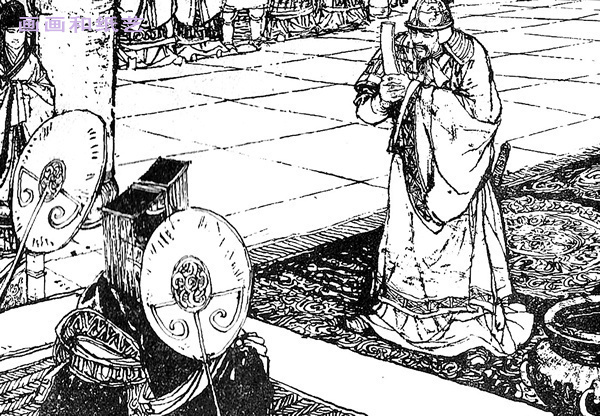
(21) General Zhao Yun first came out to persuade. He said that when Wei Guo was de...
Reading | Best Writing Friends

In the first three months, I went to the library every day. In those days, I reall...